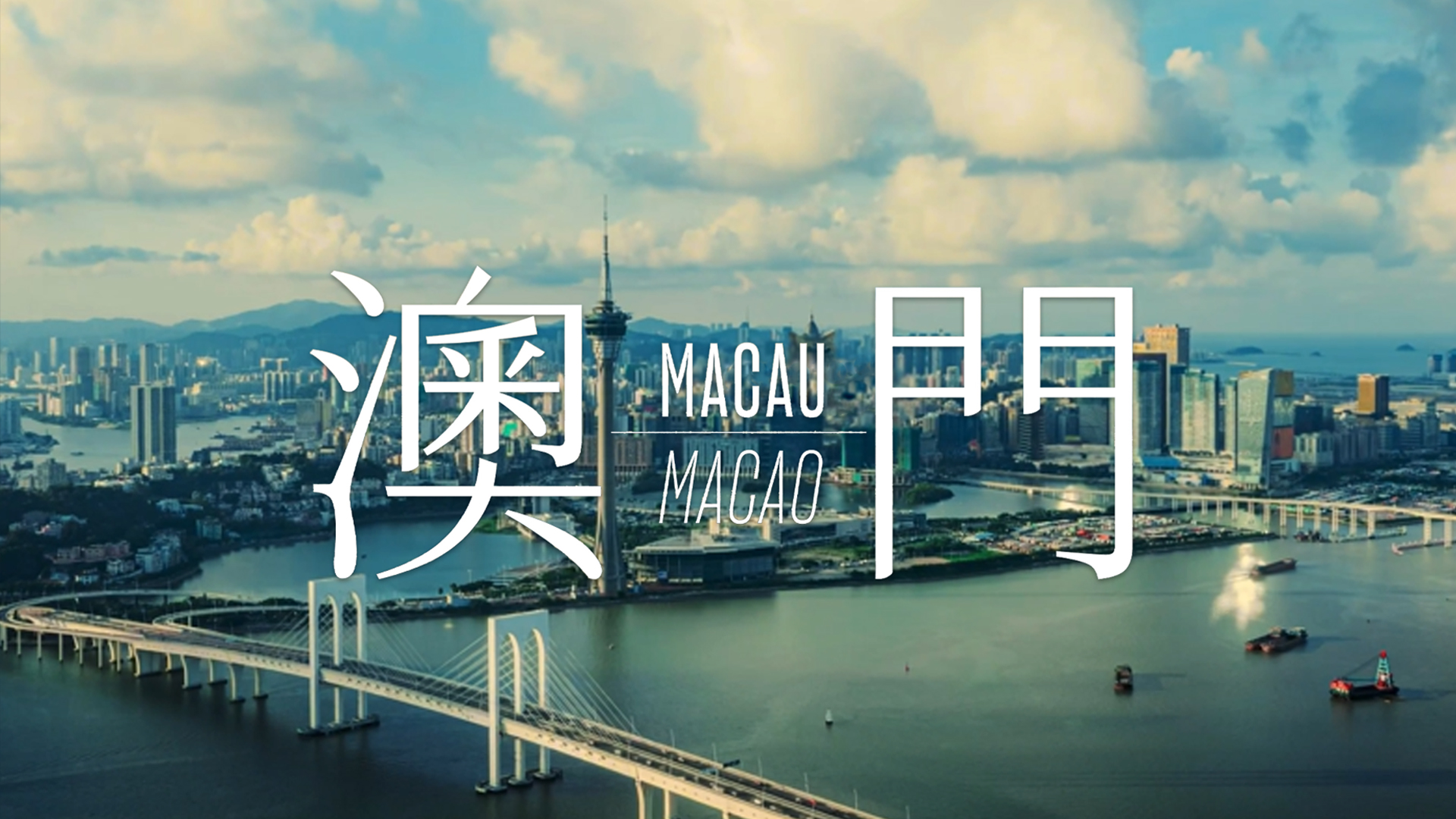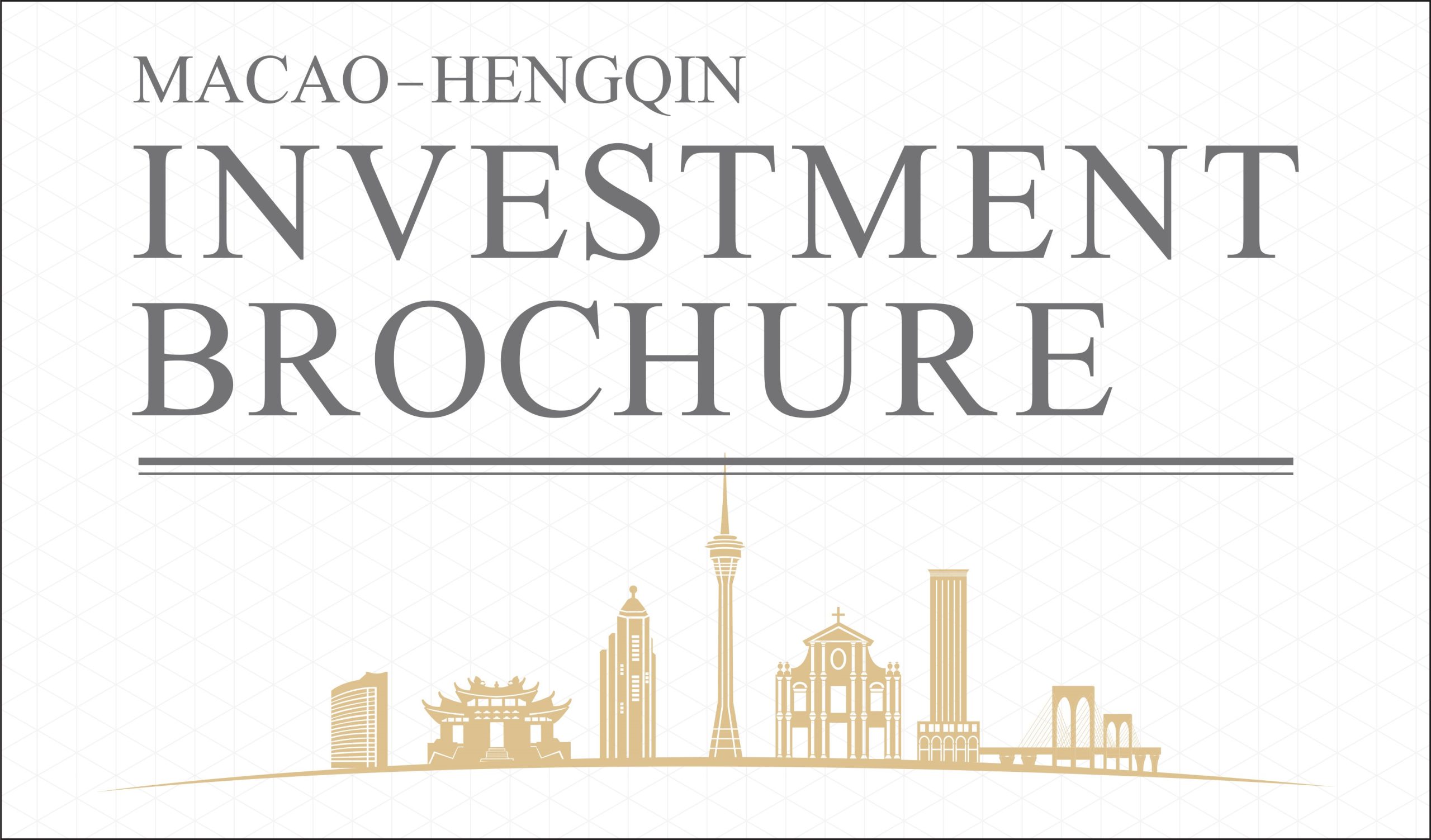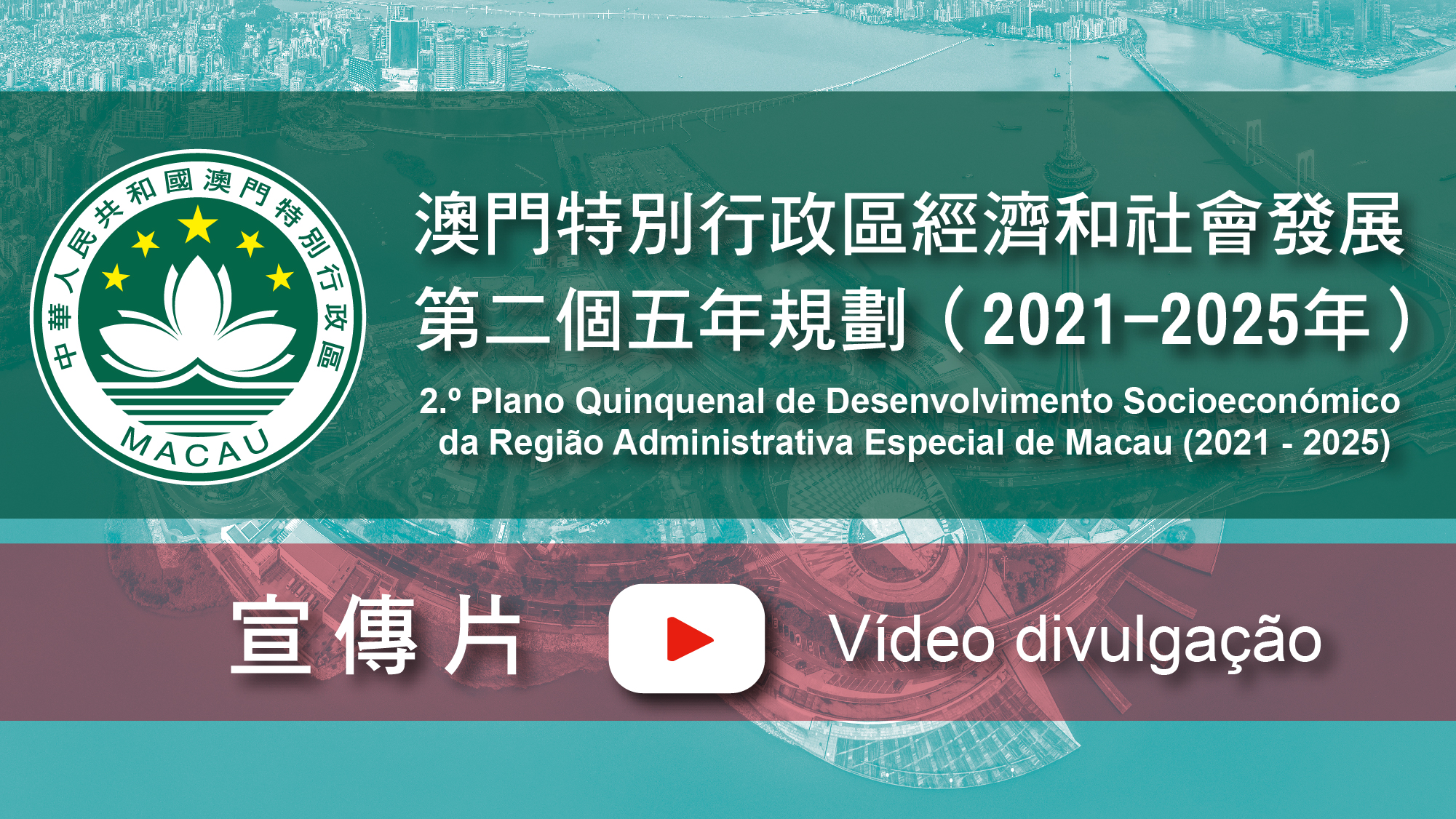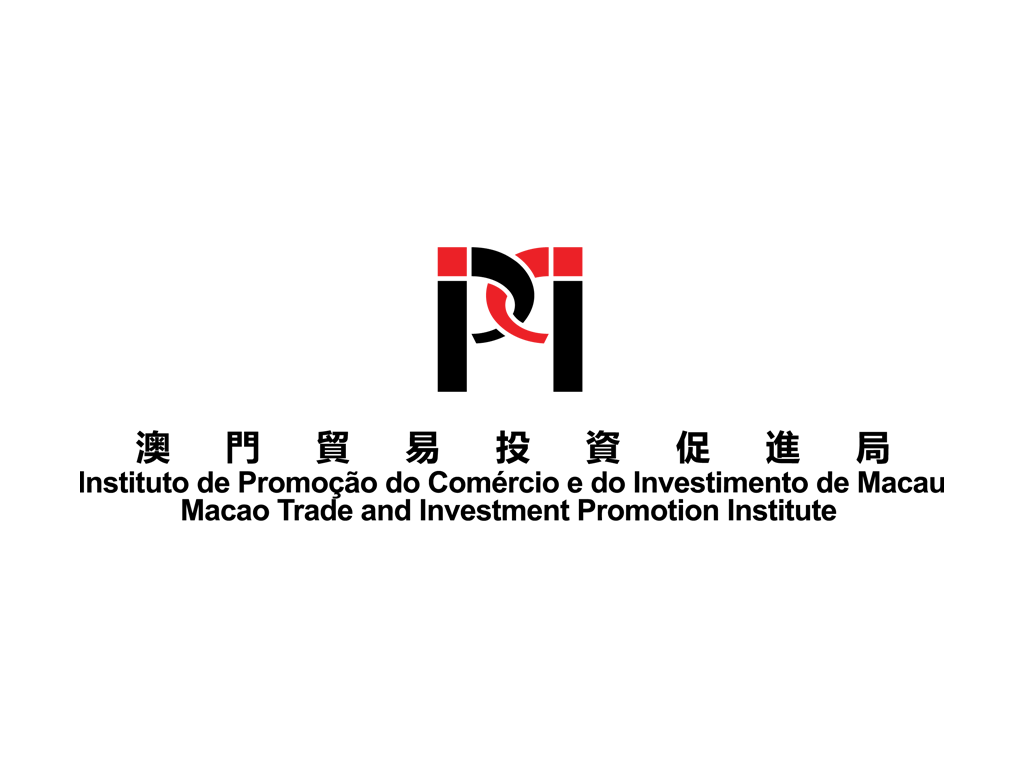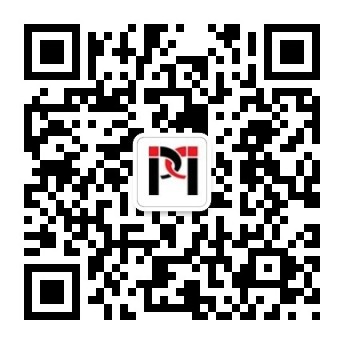Search Issues
Republic of Korea
The Republic of Korea, or commonly known as Korea, is located in the southern part of Korean Peninsula in north-east Asia. Surrounded by sea, it borders North Korea on the north, China across the Yellow Sea on the west, Japan across the Sea of Japan on the east and south-east. With a total area of 100,339 square kilometres (as of 2018), Korea is home to 51.46 million people, most of whom are Christians and Buddhists. It is a mono-ethnic country, with Korean as its official language. Seoul is the capital of the Republic of Korea, it is also the centre of economy, science and technology and culture. The official name of Seoul is Seoul Special City. Before 2005, the Chinese name for Seoul was Hon Sing, and Seoul was the most populated city in the Korean Peninsula, with more than 10 million people living in the city.
Korea is a developed country with mature market and economic system. It is also one of the most important economies in the world. The unemployment rate is 4.5% and the labour force participation rate exceeds 61% (as of January 2019). Korea is a member of a number of international organisations including the Group of 20 (G20), the Organisation for Economic Co-operation and Development (OECD), the World Trade Organisation (WTO) and the Asia-Pacific Economic Co-operation (APEC). The country has inked free trade agreements with major countries and economies like China, the United States, the European Union and Canada. Based on the statistics released by WTO in 2017, Korea is the sixth largest exporter and the ninth largest importer in the world, with its main partners – China, the United States, the European Union and Japan. Agriculture, industry and service sector respectively account for 2.2%, 39.3% and 58.3% of Korea’s GDP (as of 2017). The outputs of Korea’s shipbuilding, automobile, electronic products, steel and garment are among top ten in the world. Major enterprises and groups (such as Samsung, Hyundai, LG and SK) are holding the balance of Korean’s economy.
Ever since China and Korea established diplomatic relation on 24 August 1992, the political relationship between the two countries has been developing smoothly. Through mutual visits and meetings in international multilateral events carried out by the two countries’ leaders, mutual understanding and trust have been built, and the relation of the two places has been nurtured. The two countries entered into comprehensive co-operative partnership and comprehensive strategic partnership in 2003 and 2008 respectively. Afterwards in 2014, China’s President Xi Jinping visited Korea and announced that China and Korea will be partners that strive toward common development, regional peace, revitalisation of Asia and world’s prosperity. In December 2017, the two countries exchanged in-depth opinions on optimising China-Korea relationship and reinforcement of communication related to regional and international issues of Korean Peninsula and regional reached a number of consensuses, and reached a number of consensuses.
In terms of economic co-operation, mutually beneficial collaboration has been deepening since the two countries established diplomatic relation. In 2012, China and Korea initiated the FTA negotiation. The two countries signed relevant memorandum of understanding in 2014. In 2015, both sides entered into the China-Korea Free Trade Agreement. Afterwards in December 2017, the two countries announced the second stage of negotiation. At present, China is Korea’s biggest trading partner of, and Korea is the third biggest trading partner (as of 2018). The two countries have built friendly and co-operative relationship in respect of finance, science and technology, culture and education. Their judiciary organs and local governments are also collaborating with each other. In 2014, China set up the Renminbi-Korean Won direct trade mechanism and started the Renminbi clearing service in November 2014. In addition, China and Korea set up consulates in each other’s territory. China has set up consulates-general in Busan, Gwangju, Jeju in Korea. Korea has set up consulates-general in Shanghai, Qingdao, Guangzhou, Shenyang, Chengdu, Xian, Wuhan and Hong Kong, as well as the Dalian Consular Office of the Consulate General of the Republic of Korea in Shenyang.
Business information
Resources
Mineral and natural resources are scarce in Korea. Exploitable and broadly used minerals like iron, anthracite, lead, zinc and tungsten are stored in small amount. Most of industrial raw materials are imported.
Industry
Sales of semiconductors rank the first worldwide and the output of crude steel ranks the sixth in the world.
Agriculture
agricultural production (including fishery and forestry) only accounts for 2.2% of GDP (2017).
Tourism
Korea aggressively develops it tourism in recent years. 2018 recorded over 15.34 million tourist arrivals.
Transportation
Sea, land and air transportation systems are well developed, with railway network and expressway network covering the whole country. In respect of air transport, Korea has eight international airports now, among which, the Incheon Airport was ranked the world’ s second best airport in 2018.
Main Economic Indicators 2017
| Gross Domestic Product (international exchange rate)(US$billion) | 1,530.75 |
| Gross Domestic Product (purchasing power) (US$ billion) | 1,972.97 |
| Real GDP Growth (%) | 3.1% |
| GDP Per capita (US$) | 29,742.8 |
| GDP Per capita (purchasing power) (US$) | 38,335.3 |
| Inflation (%) | 1.9% |
| Area (sq km) (as of 2018) | 100,339 |
| Population (thousand people) (as of 2018) | 51,466.2 |
Source:
World Bank, https://data.worldbank.org/
Major Trading Countries/Regions of Korea in 2018
| Main Destinations for Exports | % |
| China | 14.5 |
| United States | 12.3 |
| Vietnam | 10.6 |
| Hong Kong | 7.5 |
| Japan | 6.3 |
| Main Origin for Import | % |
| China | 19.9 |
| United States | 11.0 |
| Japan | 10.2 |
| Saudi Arabia | 4.9 |
Source: Korean Statistical Information Services, http://kosis.kr/eng
Foreign Trade (unit: US$ billion)
| Year | Total Trade | Exports | Imports |
| 2018 | 1,140.1 | 604.9 | 535.2 |
Major export commodities: semiconductor, automobile and the parts thereof, ship, petrochemical products, wireless communication device, flat panel display, computer and audio-visual equipment.
Major import commodities: crude oil, natural gas, petroleum products, semiconductor and the parts thereof, coal and steel plate, wireless communication equipment.
Source: Korean Statistical Information Services, http://kosis.kr/eng/
China-Korea Import and Export Trade (unit: US$ billion)
| Year | Total Trade | Exports | Imports |
| 2018 | 313.4 | 108.8 | 204.6 |
Source: General Administration of Customs of the People’s Republic of China, http://www.customs.gov.cn/
Macao-Korea Bilateral Trade 2018
| Type of Trade | Weight (KG) | Patacas (MOP million) |
| Imports | 19,290,022 | 2,034.29 |
| Exports | 447,119 | 8.05 |
| Total | 19,737,141 | 2,042.34 |
Source: Statistics and Census Service of the Macao SAR Government, https://www.dsec.gov.mo/
SOURCE
Korean Statistical Information Services
http://kosis.kr/eng/
Korea Tourism Organization
http://chinese.visitkorea.or.kr/chs/index.kto
World Bank
https://data.worldbank.org/
World Trade Organization
https://www.wto.org/
Ministry of Foreign Affairs of the People’s Republic of China
https://www.fmprc.gov.cn/
General Administration of Customs of the People’s Republic of China
http://www.customs.gov.cn/
Statistics and Census Service Bureau of the Macao SAR Government
https://www.dsec.gov.mo/



